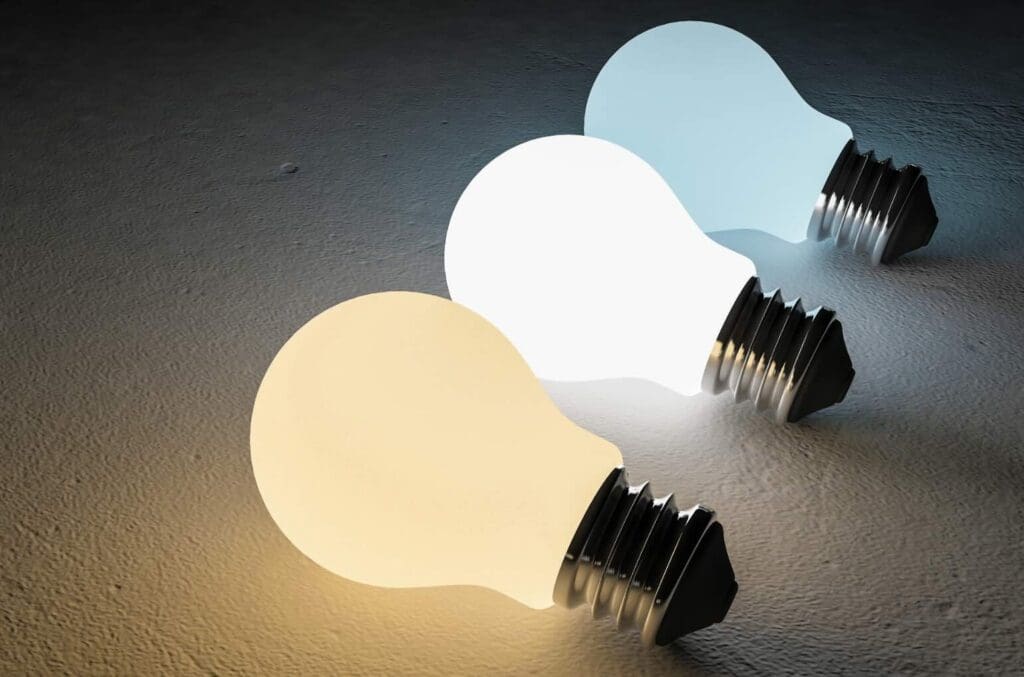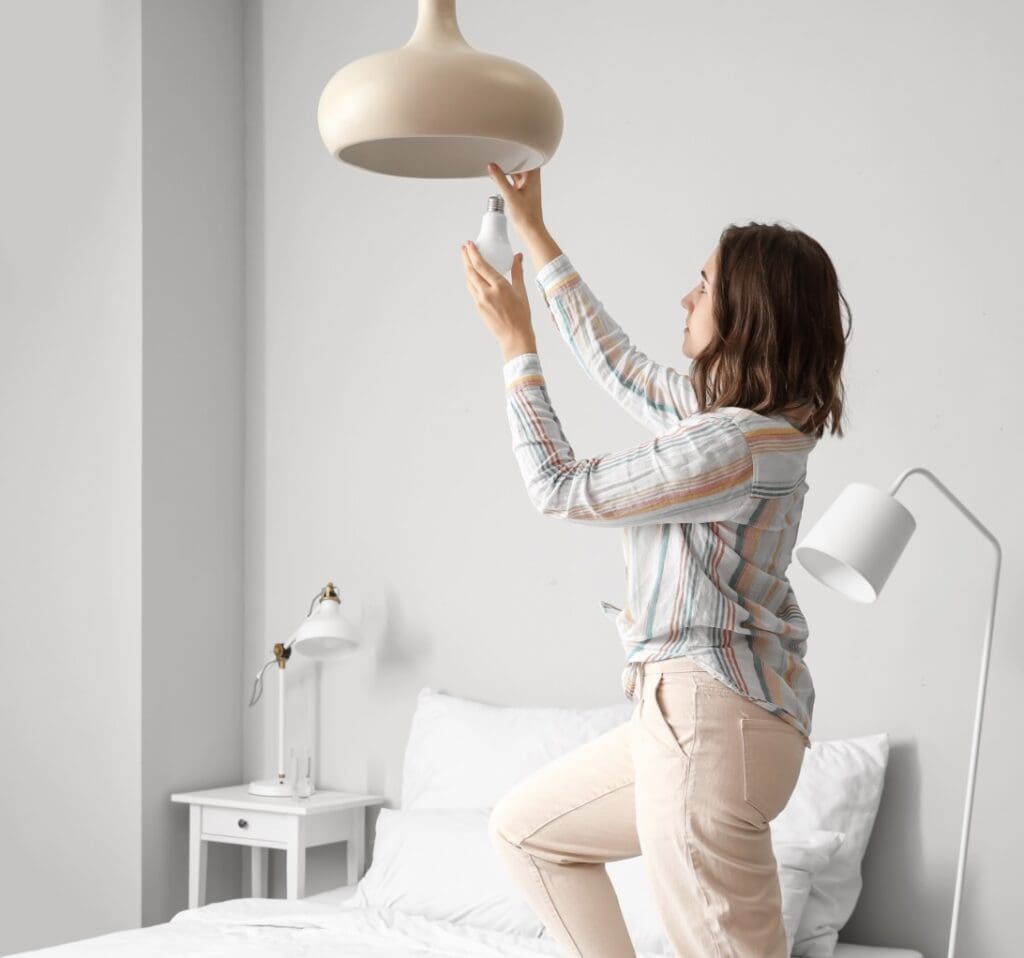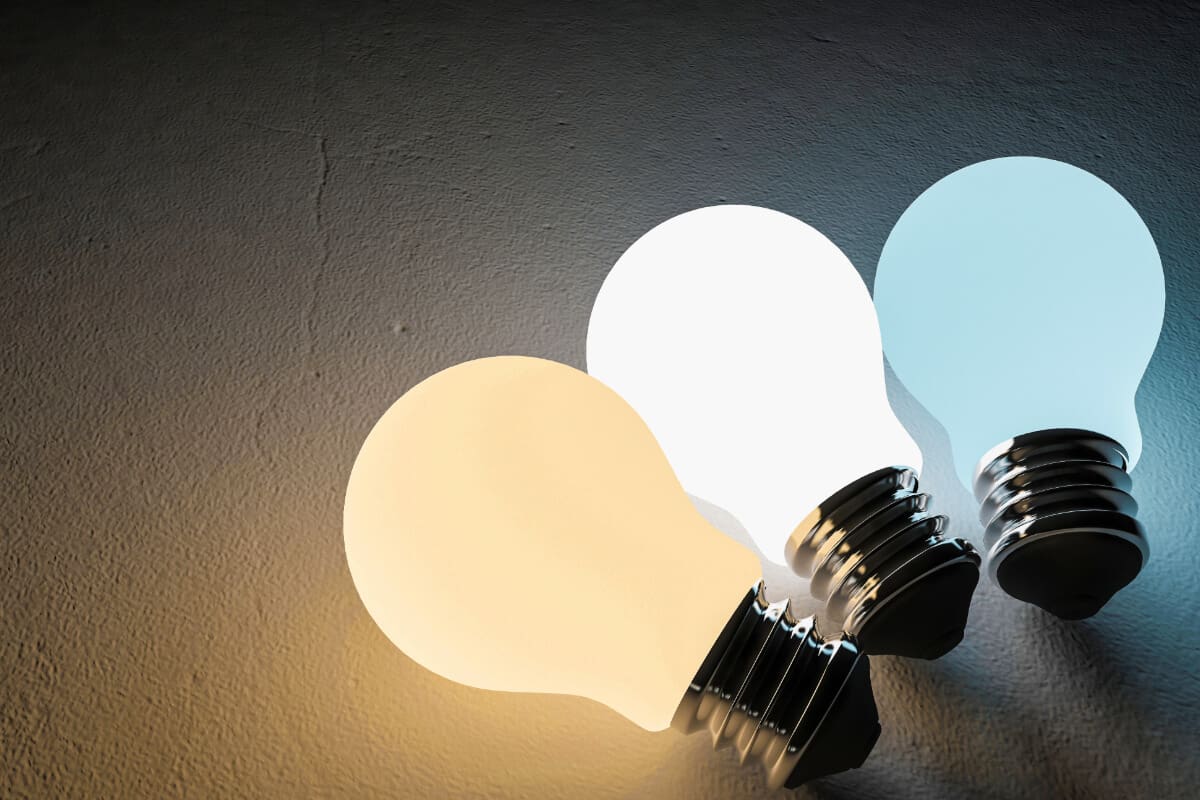In an era where sustainability is at the forefront of innovation, daylight color light bulbs stand out for their impressive capabilities and benefits. The science behind these bulbs is fascinating and cuts across numerous fields, offering a captivating blend of physics and engineering.
Beyond the intriguing scientific principles that underpin their function, these sustainable lighting solutions offer significant real-world benefits that have the potential to transform our daily lives. This enlightening exploration delves into the captivating science that powers daylight color light bulbs seeks to highlight their extensive benefits and offers guidance to help you select the best bulb for your individual needs.
Table of Contents
- Scientific Principles Behind Daylight Color Light Bulbs
- The Benefits of Daylight Color Light Bulbs
- Choosing Right Daylight Color Light Bulbs and Their Applications
- Related Content
Scientific Principles Behind Daylight Color Light Bulbs
Illuminating Facts: How Daylight Color Light Bulbs Mimic Natural Light
Human beings evolved under the gentle yet powerful glow of the sun; therefore, we’re primed to feel our best in natural sunlight. But today, technological advances have allowed us to replicate some aspects of that golden glow indoors with daylight color light bulbs. How does that work? Let’s delve in.
Light itself is an intricate spectrum of colors. Natural sunlight strikes a balance across the entire rainbow from red to violet. Daylight bulbs aim to reproduce this full spectrum to offer a close facsimile to natural light. The trick lies in the color temperature.
Color temperature is rated regarding coolness or warmth, usually noted in Kelvin (K) on the bulb packaging. Daylight bulbs usually flaunt color temperatures between 5000-6500K, sitting in the more fantastic end of the spectrum.
Significantly, this color temperature is analogous to the bluish-white brilliance of early morning sunlight or the radiant light of a mid-afternoon day. In contrast, light from a clear blue sky averages around 10,000K, while deep reddish-yellow sunrise or sunset light ranks at 2000–3000K. Hence, a daylight bulb captures the ‘midday’ glow pretty faithfully.
But simply mirroring the color is not enough; the quality of light plays a crucial role,e as well. Natural sunlight’s beauty comes from its ability to render colors accurately, making everything look vibrant. The Color Rendering Index (CRI) defines this ability to portray actual, vivid hues. A high CRI rating, typically above 80, suggests the bulb can genuinely imitate the sun’s paradigm of actual colors.
Combining high color temperature and high CRI, daylight bulbs offer a crisp, bright light that mimics the clear light of day. It’s a perfect solution for areas requiring precise visibility, like kitchens, study areas, bathrooms, or studios.
While no artificial source can perfectly mirror the nuanced glow of natural daylight, advancements in lighting technology have come a long way. Daylight color light bulbs encompass the cool color temperature and high CRI, rendering a light that imitates the feel of pure sunshine, providing a luminous mimicry that our instinctual selves appreciate.
It’s a testament to the prowess of modern technology, showing how far we’ve come in understanding and crafting our environment to suit our needs. It’s not just about providing light anymore; it’s about recreating a natural light that supports our mood, productivity, and overall well-being. After all, innovation lies at the heart of mankind’s progress, and daylight bulbs are a bright example of that progress in action.

The Benefits of Daylight Color Light Bulbs
Boost Energy Levels and Productivity with Daylight Bulbs
An undeniable benefit of using daylight color bulbs is the rise in energy levels and productivity they incite. Nowadays, research and field studies have provided concrete evidence that exposure to light within the daylight spectrum causes a significant jump in our energy, alertness, and overall productivity. Thanks to technology, this effect can be replicated indoors with daylight bulbs. Replace traditional bulbs with daylight color bulbs in office spaces to boost productivity.
More Accurate Color Perception with Daylight Bulbs
Another advantage of daylight bulbs is their superior ability to deliver precise and honest color rendering. This means that the colors viewed under the light of these bulbs mirror the colors seen in natural sunlight. Professionals who rely heavily on accurate color depiction, like painters, photographers, and interior designers, can reap significant benefits from this innovation.
Reduced Eye Strain and Better Visual Clarity
Daylight bulbs emit a whiter, brighter light, significantly enhancing visual clarity. This reduces eye strain, an issue pervasive among professionals who spend extensive hours under artificial light sources. Daylight bulbs can be a game changer for roles involving meticulous detail, like reading, drafting, or sewing.
Energy Efficiency and Longevity Packed in a Bulb
Another appealing aspect of the daylight bulb is its unrivaled energy efficiency. This technological enhancement provides superior light quality and decreases energy consumption, an excellent win-win scenario for both the user and the environment. Moreover, daylight bulbs are famously long-lasting, implying a reduction in replacement costs and maintenance efforts.
Revolutionize Living and Workspaces with Daylight Bulbs
Due to their stark, bright light, daylight bulbs are no longer confined to office spaces and workshops. Introducing adjustable and dimmable daylight bulbs enables users to tailor the brightness level according to the time of day and aesthetic preference. This translates to endless possibilities for residential usage, from bedrooms and kitchens to living rooms, transforming your home into a space of vibrancy and efficiency.

Choosing Right Daylight Color Light Bulbs and Their Applications
Choosing the right daylight color bulb is more than just a bulb; it is about optimizing your living space for maximum comfort, efficiency, and health benefits. Armed with background knowledge about color temperature, CRI, and the limitations of artificial daylight sources, we now focus on the smart selection and effective implementation of these bulbs.
Firstly, consider the rooms in which you plan to install daylight bulbs. Spaces such as art rooms, design studios, and photography areas would particularly benefit from daylight bulbs due to their high CRI, which caters to accurate color viewing and appreciation.
Daylight bulbs have positively impacted productivity for workspaces, whether in residential or commercial areas. The brain sees the bright, crisp light as an environmental cue to stay alert and active. Hence, placing them in home offices or corporate workplaces can be an astute move to enhance energy levels during work hours.
Beyond work and creativity, daylight bulbs also prove beneficial in areas where fine detail and precision are paramount. DIY enthusiasts working in garages or sewing rooms will appreciate the crystal clear visibility daylight bulbs offer.
Next, consider energy efficiency and longevity when selecting these bulbs. LEDs are the most energy-efficient option, sometimes by a factor of five or more, compared to their incandescent or fluorescent counterparts. This means that in the long run, they pay for themselves in energy savings despite having a higher upfront cost.
At this point, it is also worth mentioning that not all spaces need to be lit with daylight bulbs. Warmer tones can be suited for relaxation areas like living rooms and bedrooms, where comfort, tranquility, and rest should be a priority.

Understanding the science behind daylight color light bulbs is the first step in appreciating their totality. These bulbs offer more than just a hint of daylight during the darkest nights; they bring many benefits, including economic efficiency and elevated life expectancy.
Their versatility and adaptability make them suitable for various applications, from the modest home environment to expansive commercial settings. As we continue to tread the path of sustainability, daylight color light bulbs illuminate the way, offering us a realistic and effective means of reducing our energy consumption while improving the quality of our artificial light source.
If you want to manufacture home decor products in Asia, we would love to discuss how Mondoro can help you. We can produce for you a variety of home decor products.
Find out more about how Mondoro can help you create, develop, and manufacture excellent home decor and furniture products – don’t hesitate to contact me, Anita. Check out my email by clicking here or become a part of our community and join our newsletter by clicking here.
Mondoro gives out a FREE Lookbook to anyone interested. You can receive a copy of our latest Lookbook by clicking here.
Listen to our Podcast called Global Trade Gal. You can find it on all major podcast platforms. Try out listening to one of our podcasts by clicking here.
Subscribe to our Mondoro Company Limited YouTube Channel with great videos and information by clicking here.
Related Content
What Is Alabaster? Alabaster For Home Decor Product Development
Production is about manufacturing goods from raw materials to finished products. Productivity is considered part of the production process. Productivity is about how efficient a country or company is. Productivity is an economic principle; a formula is used to calculate productivity.
You can discover more by reading What Is Alabaster? Alabaster For Home Decor Product Development by clicking here.
Natural Agate Stone Beads For Home Decor Products
Agate is a natural rock formation used as a decorative element for centuries. It can be found in many parts of the world, and there are many different kinds and colors of agate stone. In the Asia practice of Feng Shui, it can help us strike a balance in life and for good luck.
By clicking here, you can discover more by reading Natural Agate Stone Beads For Home Decor Products.
What Is The Difference Between Rattan, Wicker, And Cane Furniture?
Rattan is a type of palm or vine that grows in the jungles of Southeast Asia. Rattan refers to a kind of natural material. Wicker is a type of weave using rattan materials. Cane also refers to a type of weave that is usually woven using rattan material.
You can learn more by reading our blog What Is The Difference Between Rattan, Wicker, And Cane Furniture? by clicking here.

